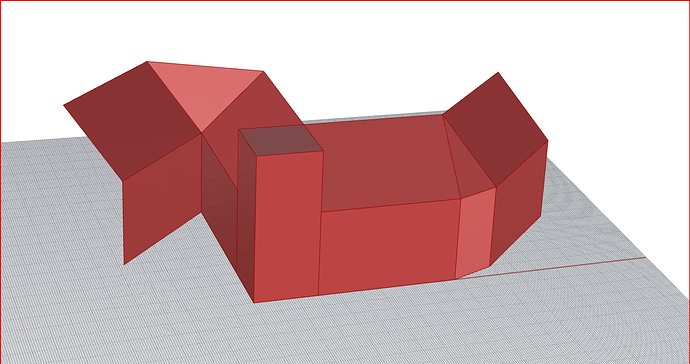This is the simplified architecture I’m trying to evaluate and have selected all as shade components and some of the also as Faces to see the energy they receive is this the way?
I’m completely at a loss the regarding the red error that it needs -Positions…how do I create these?
thanks
anders
